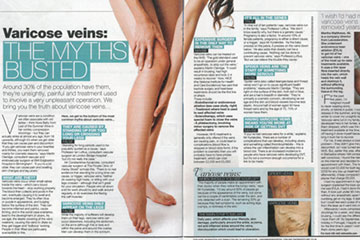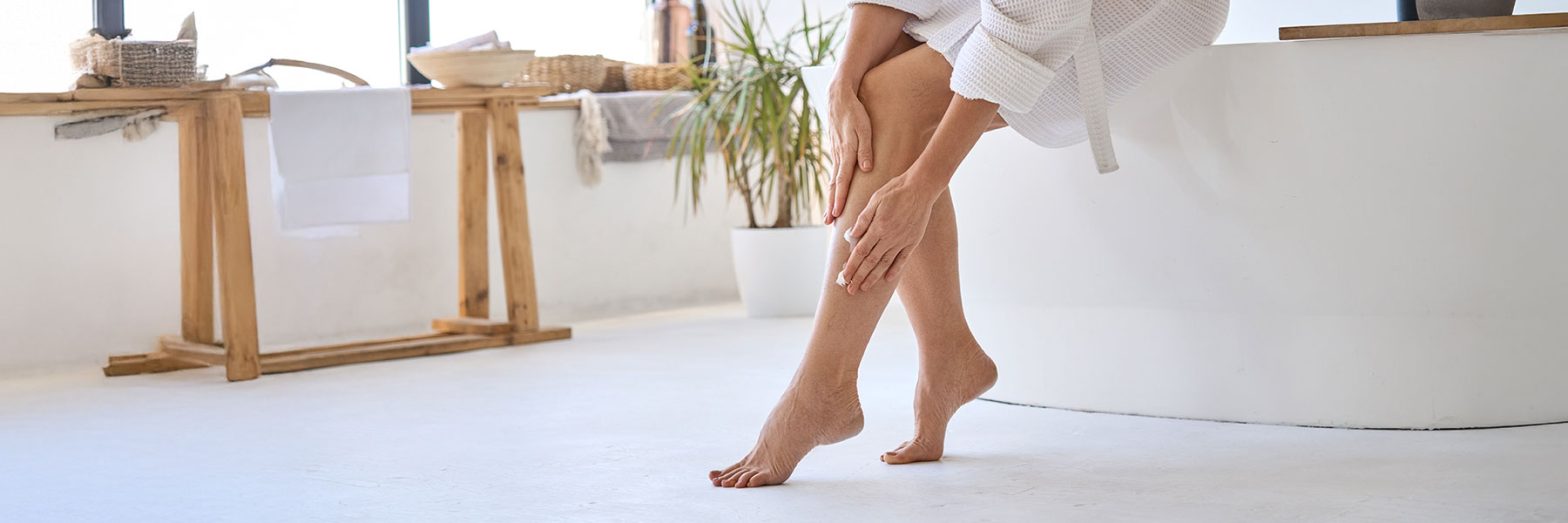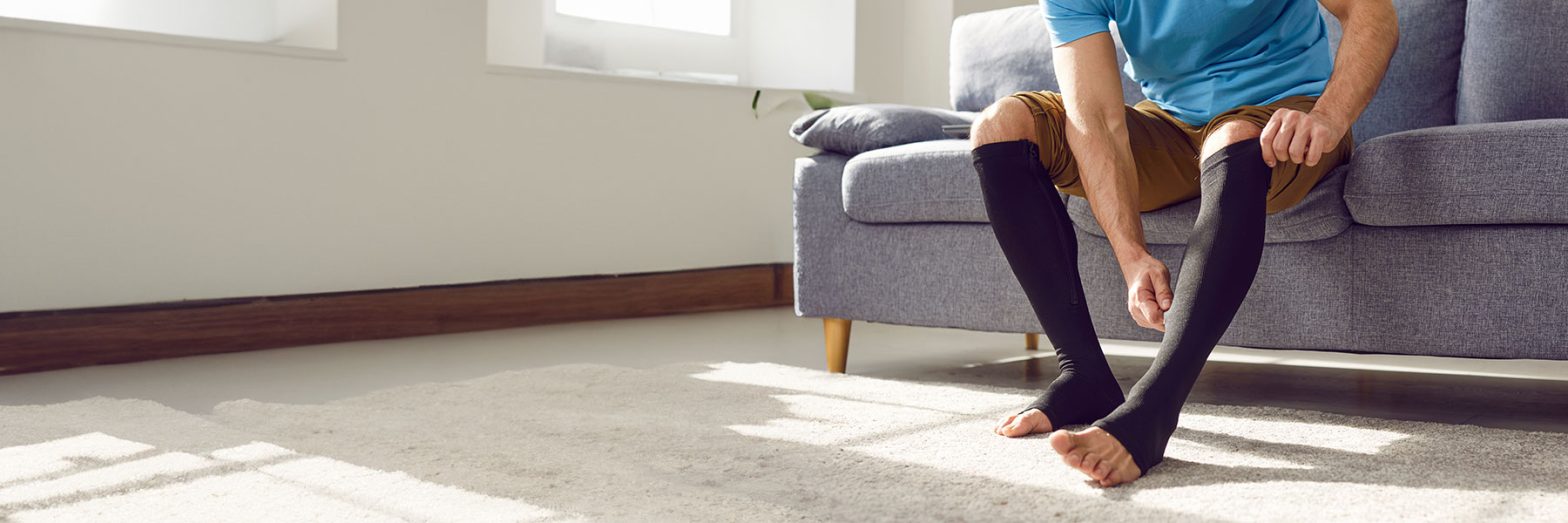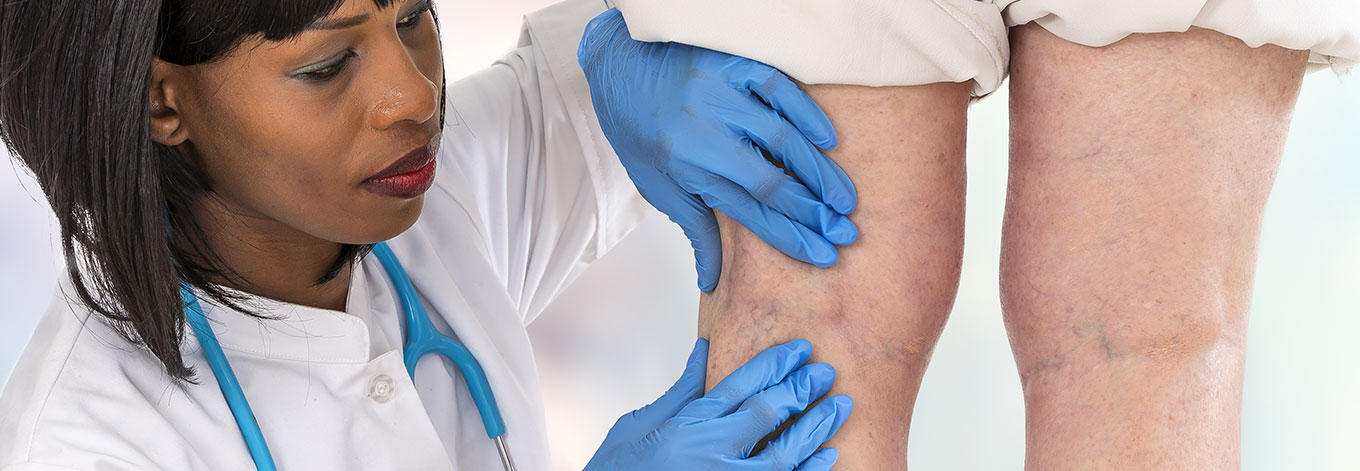
Varicose Veins: The Myths Busted
VEINS
Love Sunday Magazine
Varicose Veins are a condition we often associate with old ladies but they can actually strike at almost any age, from 18 upwards, althought it’s when we get older that they can cause pain and discomfort.
What are they?
Varicose veins occur when small valves inside the veins – which carry the blood towards the heart – stop working properly. The blood then collects and pools in the vein, eventually causing it to swell and become enlarged. They’re often blue or purple in appearance, and bulging below the surface of the skin. They can become inflamed and painful, cause itching, and in the worst case scenarios, lead tot he development of ulcers.
Here’s where we get to the bottom of th most common myths about varicose veins…
They are caused by standing up for too long or crossing your legs
FALSE – Mr Constantinos Kyriakides, consultant vascular surgeon at The Private Clinic of Harley Street, states that this is not necessarily true. ‘There is no real evidence that standing for a long time can cause, or trigger, varicose veins. Neither do wearing high heels, or sitting with your legs crossed – although that isn’t great for your circulation. People who sit down a lot at work shoudl try and walk around regularly or do exercises like flexing the calf muscle.’
It’s all in the genes
TRUE – ‘In nine out of ten patients I see, varicose veins run in the family. Pregnancy is also a factor. In around 10% of female patients, pregnancy is either a direct cause, or a trigger,’ says Mr Kyriakides. ‘As the baby passes through the pelvis, it presses on the veins down below.’ He also adds that obesity can be a contributing cause.
Having varicose veins means you’re more at risk of having DVT
MAYBE – ‘If you’ve had varicose veins for a while,’ explains Mr Kyriakides, ‘there are a number of complications that can develop, including ulcers, and something called thrombophlebitis – this is where the vein inflammation can develop into a blood clot. There is an increased incidence in people who have varicose veins to develop DVT but it’s not a common enough occurence for a link to be made.’








